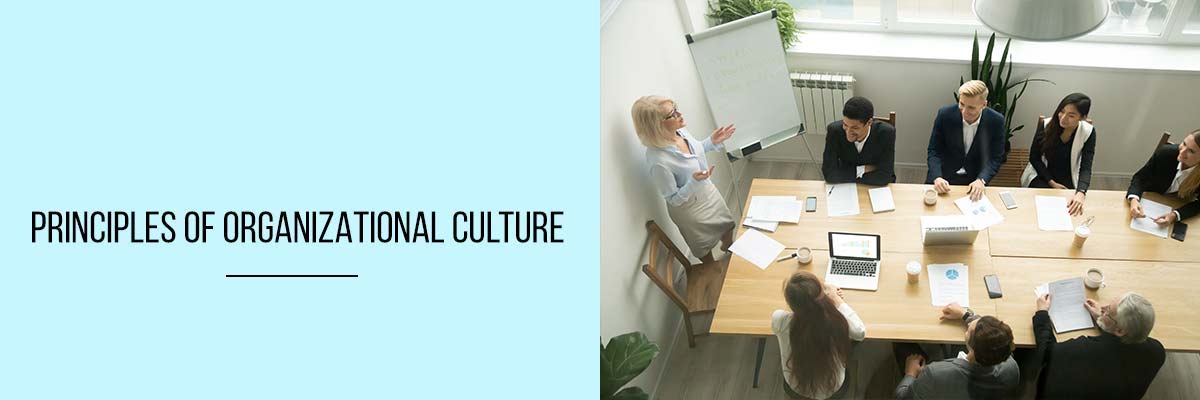Organizational culture is the evolving way of working for an organization, interactions between employees, and more. All of these give rise to a unique psychological and social environment within and around the organization. It depends on several factors like changes in leadership, the evolution of strategy, induction of new workforce and others. These factors form the habits and responses of an organization. This indicates that organizational culture is a gradual development within the organization and it can’t be copied.



What is Organisational Culture
Organizational culture is continuously reinventing itself and is a result of what people in the organization are thinking, feeling and believing about themselves as part of the organization, about their job and about the organization. It is often shaped by the way employees in an organization go about their jobs.
Therefore, if a new boss or a new CEO tries to bring a sudden change in the organizational culture and completely replace it with something different, it is seldom a success. The change has to be brought into the factors that entail work culture.
Knee Jerk Actions Don’t Work
It is common for new managers or CEOs to issue strongly-worded memos, plaster the office walls with banners that proclaim new values, and do stuff like that. However, people still go about their business in their usual way right in front of or beneath these signs. You can hardly change habits that people are comfortable and familiar with.
Holistic, Comprehensive And Gradual Actions Can Work
There is no doubt that changing organizational culture is a humongous task. Nevertheless, it should not prevent leaders from trying to mend the ways of business that people in an organization are used to. It is true that you cannot overhaul the entire system, yet you do have the opportunity to realign some traits of the system. Making use of the emotional forces within an organizational culture may bear fruit in some time.
However, making use of the emotional forces is not easy. To have the desired effect, you can bank on symbolic reminders and keystone behaviors. While visible artifacts in the workplace can work as symbolic reminders for specific actions, recurring actions that can trigger the desired behavior among employees can bring about changes in behavior. Together, these can bring about a change in beliefs and attitudes of the people in an organization.
Gauging The Change
The behavior of employees or a change therein is the most powerful indicator of a change in organizational culture. It is the behavioral change that can make people do and think differently. What matters most is what people do rather than what they believe in or think. To have a more positive influence on the work culture of an organization, the boss has to start working on changing the mind-sets of employees. This can give rise to a perceptible change in the behavior and habits of employees overtime.
Conclusion
Organizational culture is a gradual development that happens with time. You cannot change workplace culture overnight. These involve challenges, but by joining in our webinar for organizational culture, you can excel in this process.


